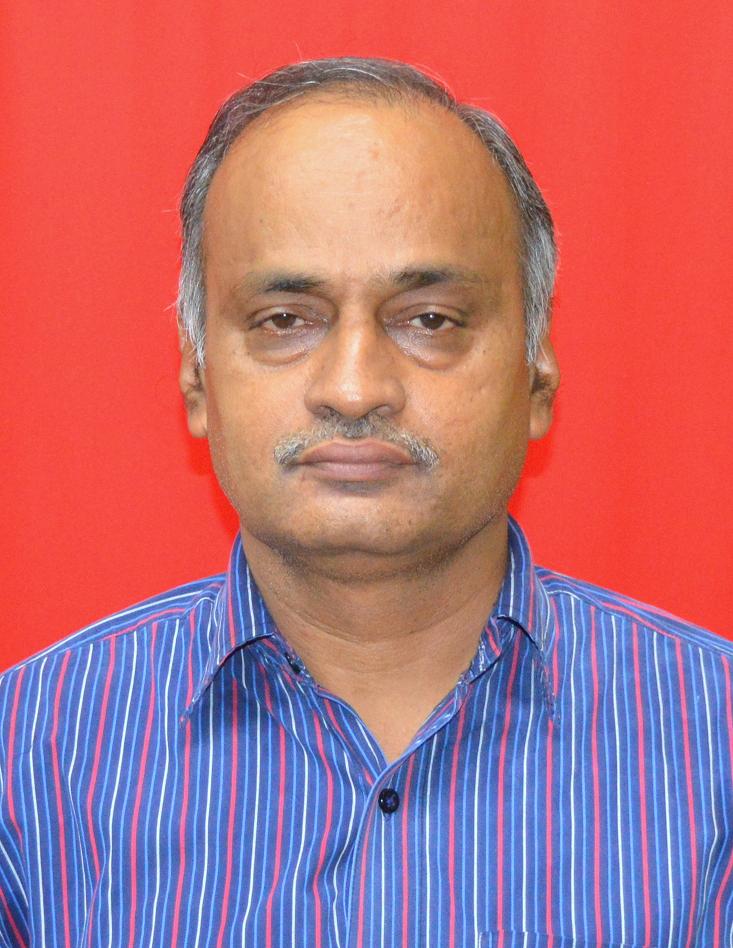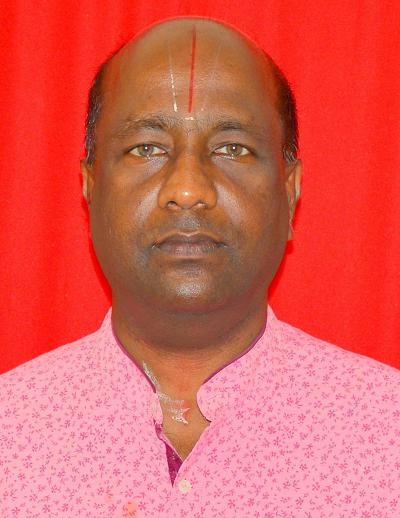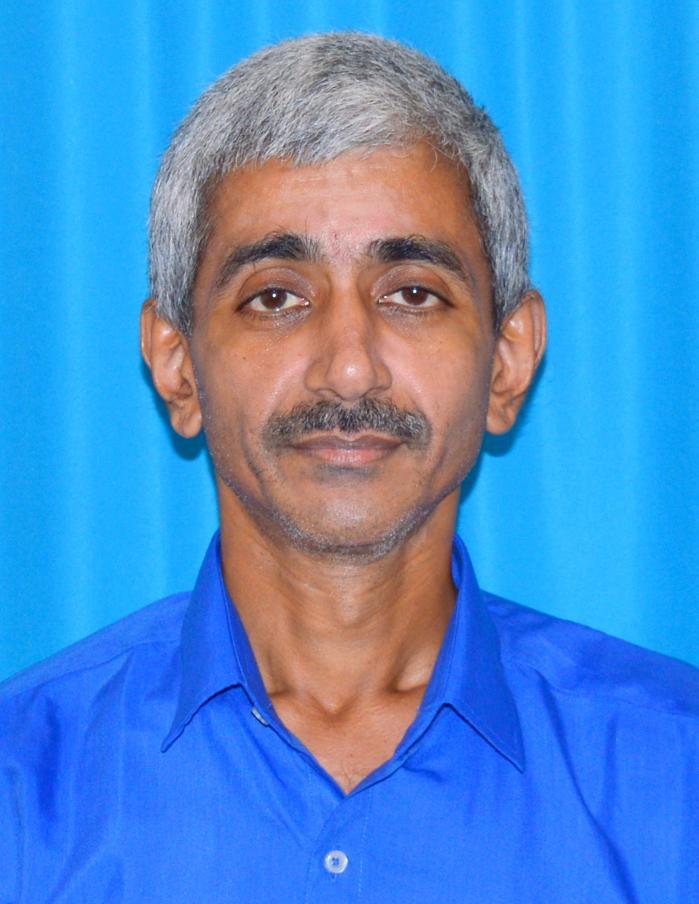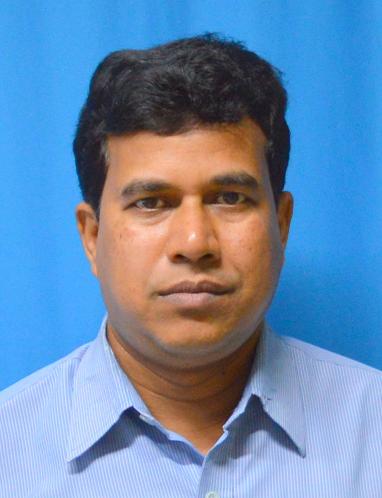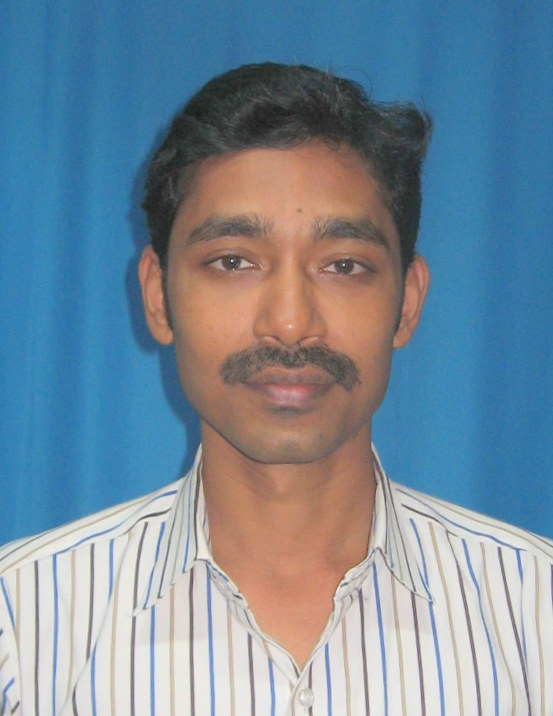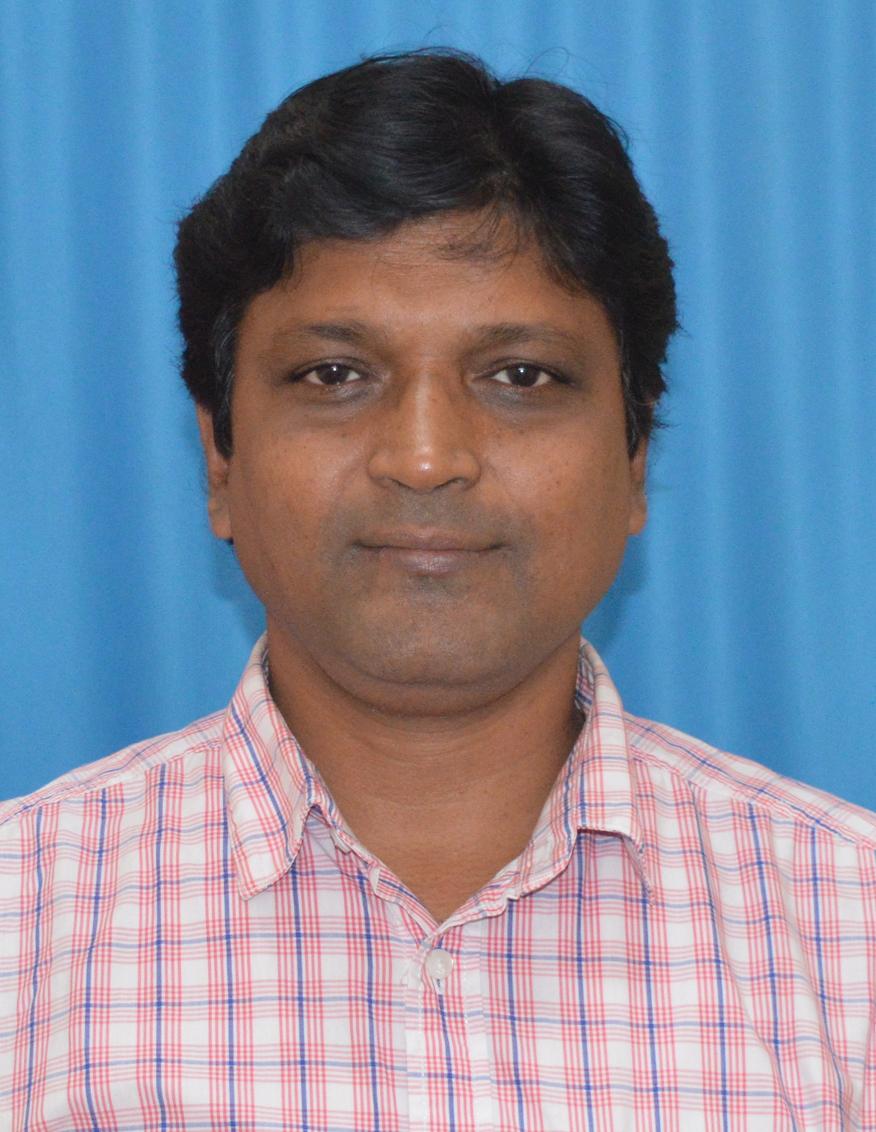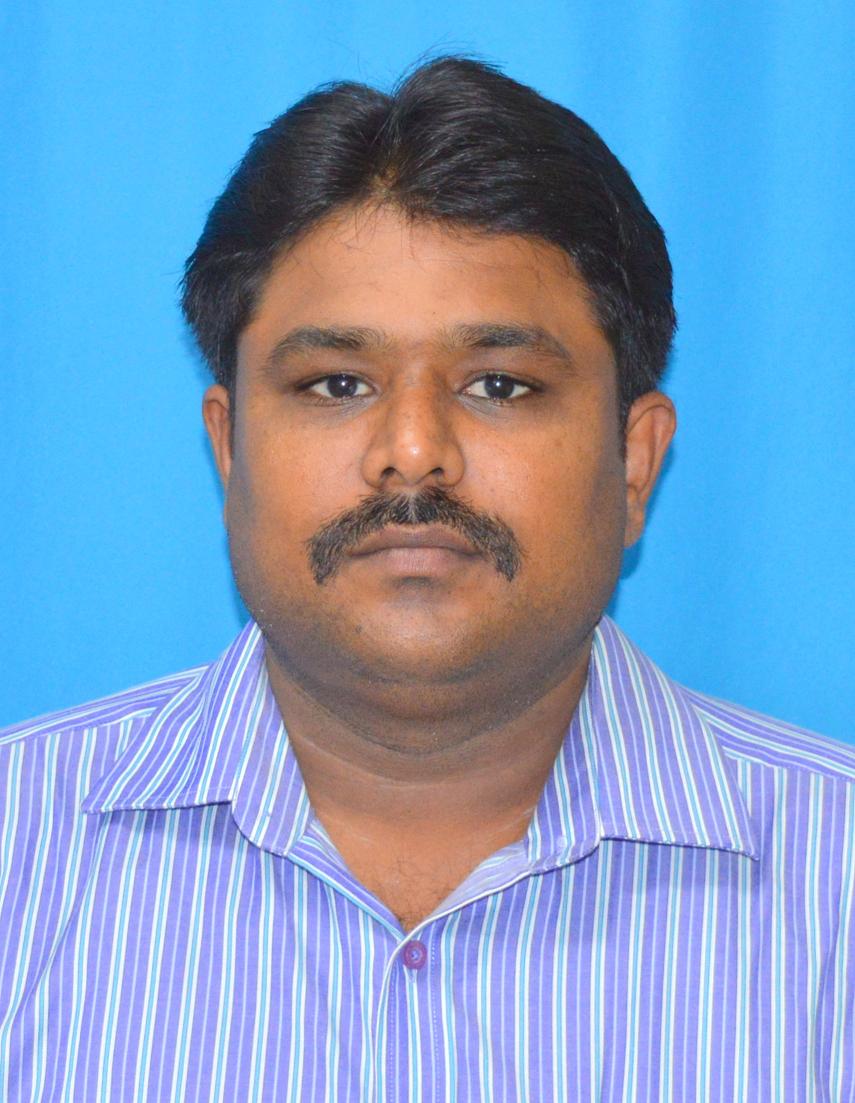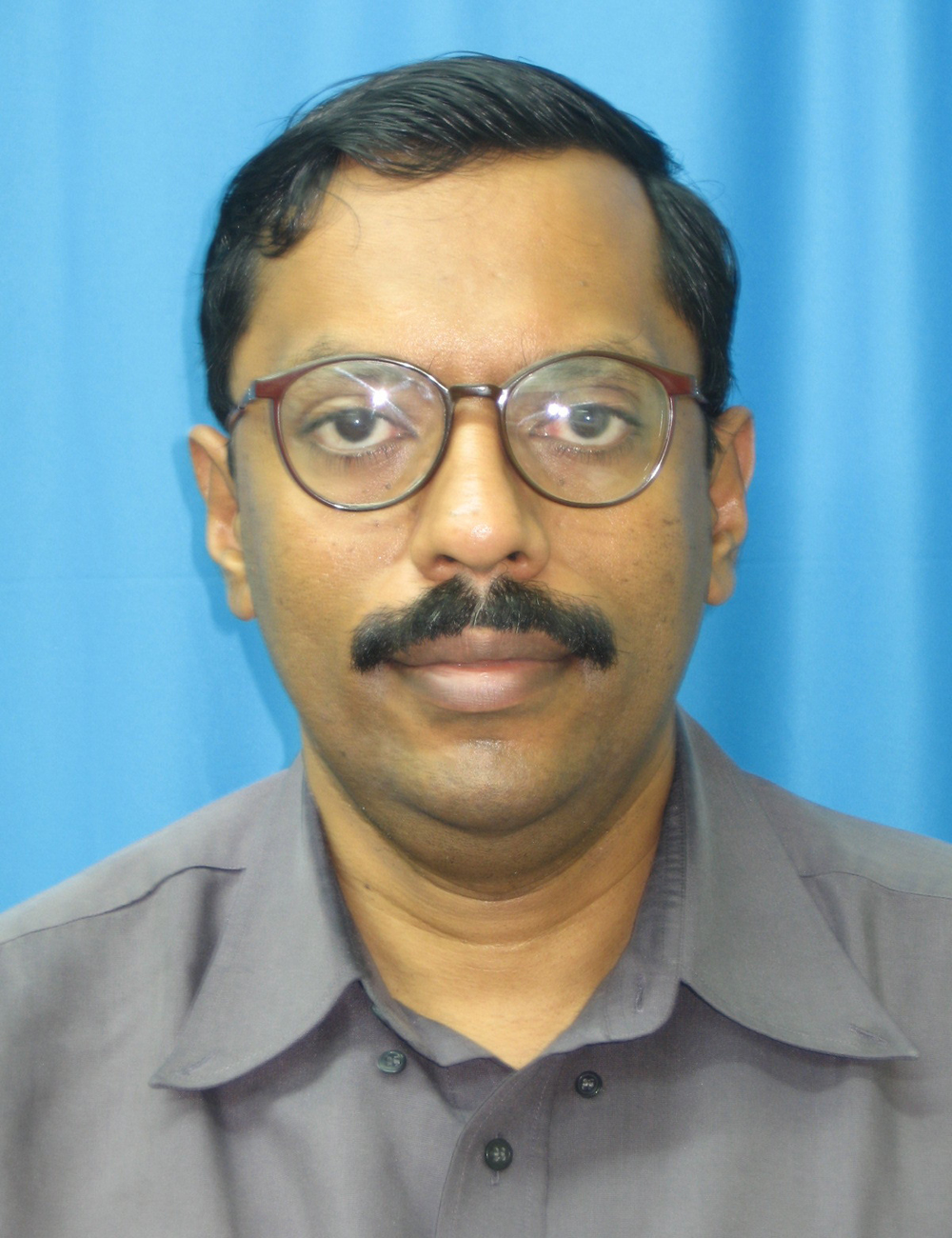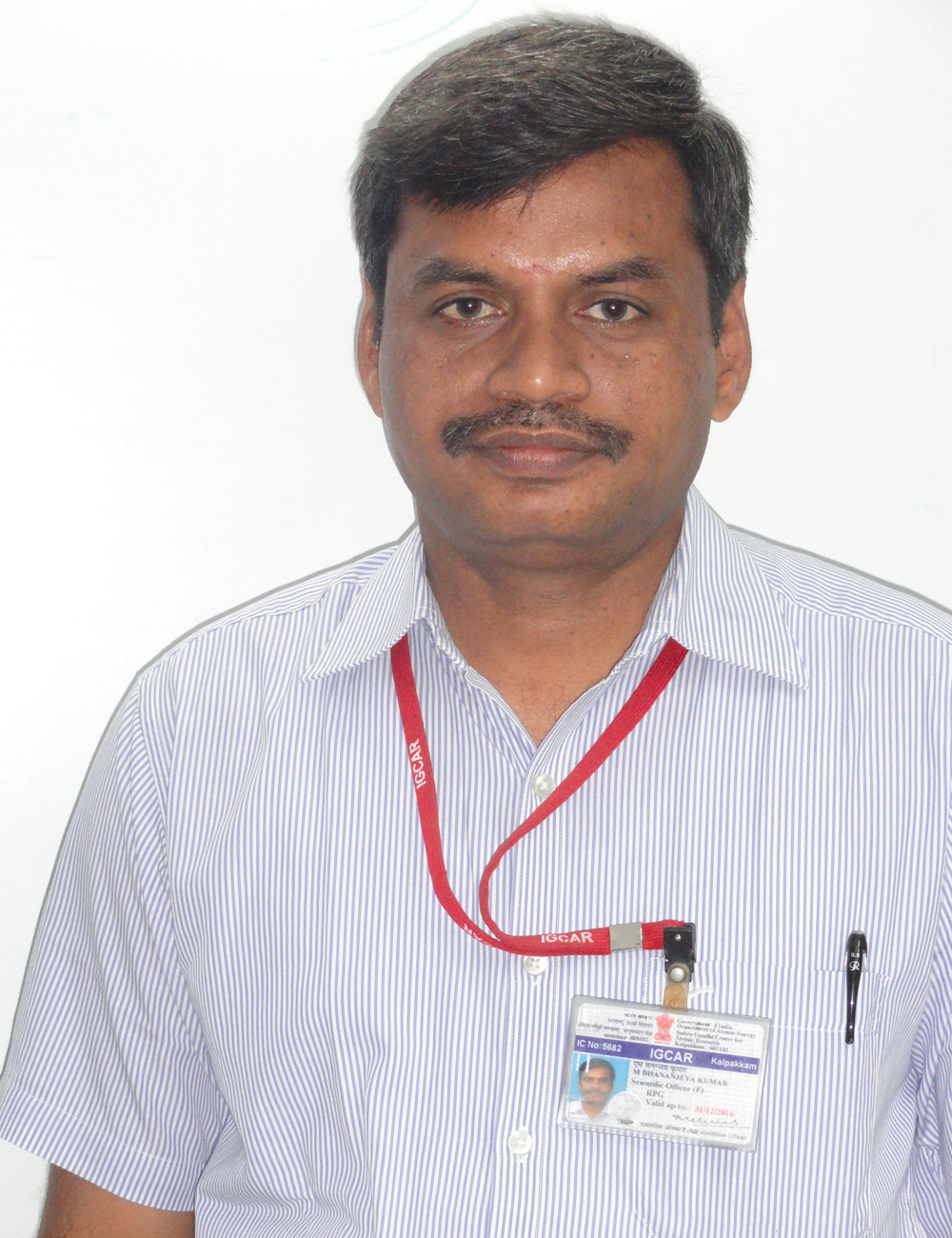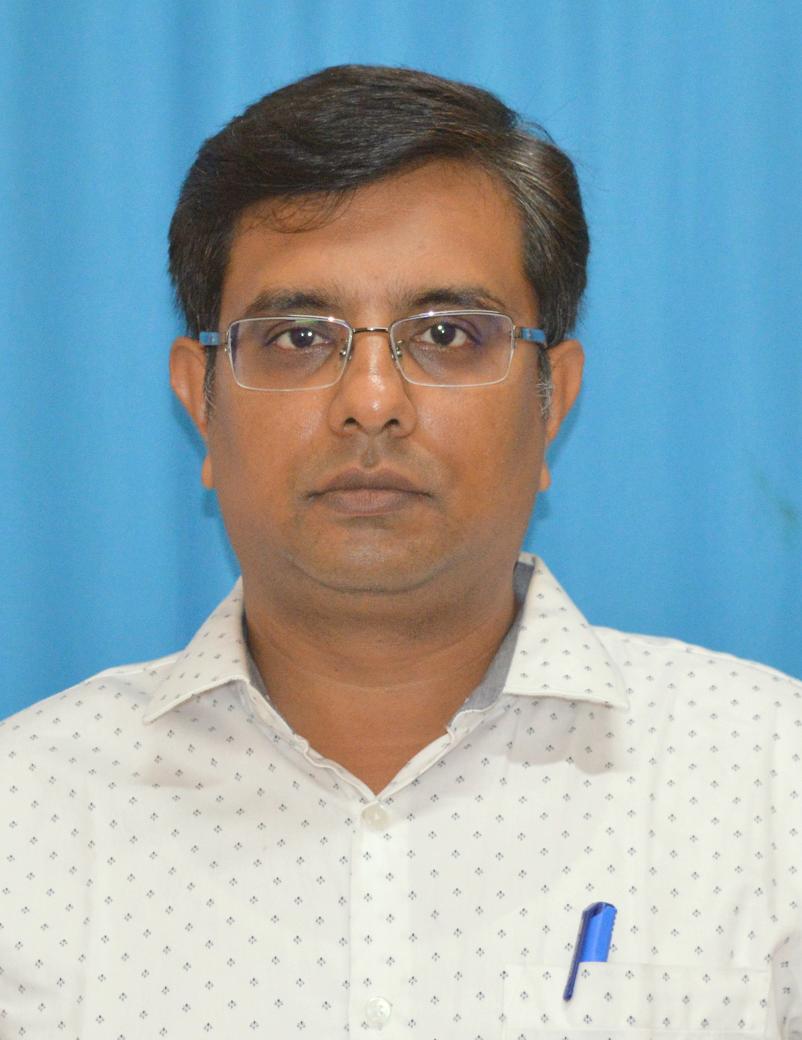Organization
Mandate
Highlights
Beginning of reprocessing in India
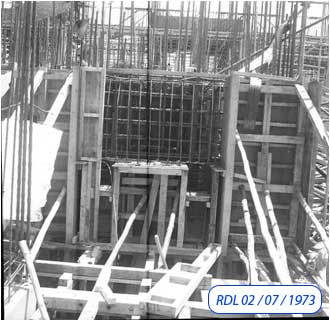
The Plutonium Plant (PP) in Trombay was the first plant to reprocess spent nuclear fuel in India. It reprocessed spent fuel discharged from CIRUS reactor at BARC. PP was designed and commissioned by engineers from first 3 batches of BARC training school with H. N. Sethna as Project Engineer and N. Srinivasan as Design Engineer.
Indigenous equipment fabrication with minimal pilot plant studies PP commissioned in 1964 well within scheduled time and cost . This established the capability and credibility of Indian engineers internationally . PP operation offered opportunity to solve many challenges and provided valuable inputs to design subsequent reprocessing plants.
Evolution of Fast reactor fuel reprocessing program in India
Bhabha's vision of 3 stage INPP with reprocessing program embedded in it to meet India's energy demand for centuries. Dec 1958 - Decision taken to set up the PP at Trombay to reprocess the CIRUS discharged fuel.
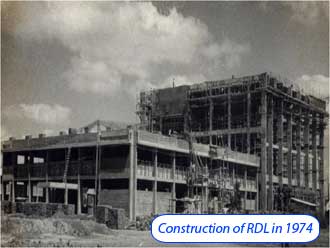
PPs experience led to the setting up of Reprocessing Development Laboratories (RDL) at Reactor Research Center (RRC), Kalpakkam to support the Fast Reactor program with dedicated R&D focused on FRFR. In 1972, G. R. Balasubramanian, a member of the team that designed and operated PP, was chosen to lead the FRFR program at Kalpakkam. With GRB as nucleus the team grew with regular induction of engineers and scientists from 14th batch of BARC training school.
Emergence of Fast reactor fuel reprocessing philosophy
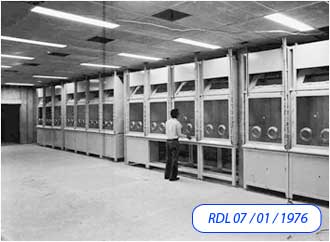
Reprocessing methodology: Aqueous and Non aqueous routes. Aqueous route: In 1960s this was the only method with sufficient data accessible for us in the form of international conferences held in Geneva. Non aqueous route: Requires matured remote handling technology and advanced material development technology.
Hence it was decided to defer the adoption of this methodology till these technology matures to a reasonable extent as undertake R&D efforts on aqueous route. With the experience of PP on solvent extraction using TBP and the limited literature that was accessible, feasibility of adopting Purex process for FRFR technology was envisaged which led to the formulation of the fast reactor fuel reprocessing program at Kalpakkam.
Formulation of Fast reactor fuel reprocessing program
Various areas of development identified considering the handling of high levels of Pu and activity in fast reactor fuel reprocessing. Chemistry of solvent extraction of Pu rich nitric acid solution, Critically safe batch type pulsed thermosyphon and continuous rotary dissolvers.
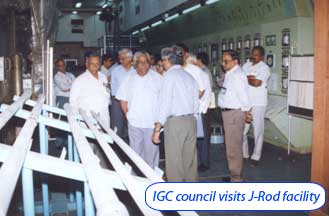
High speed feed clarification centrifuges, Short residence time centrifugal contactors, Air pulsed type mixer settlers for extraction cycles with low doses to solvents and diluents, Fuel wrapper cutting systems, Single and multipin choppers, Continuous precipitators, Feed metering devices and so on. Since high conc. of Pu were to be handled, remote maintenance constituted the core feature of the design
RDL goes hot
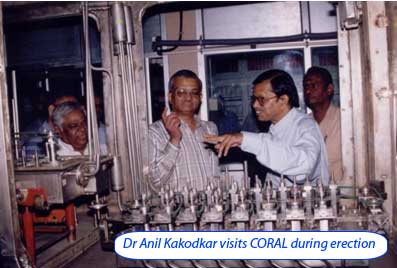
Project approval obtained in 1972 as a part of master plan of RRC. Various engineering facilities commissioned from 1976 onwards. Single solvent extraction cycle loop with natural uranium was conceived, designed and installed in concrete cells Clearance was obtained for commissioning the laboratory with Pu in 1980s.
U233 Campaigns precede Pu239 Campaigns for Providing sufficient amount of U233 for KAMINI reactor, Validating the special equipments developed for FRFR, Providing operating experience and feedback to RDL designers, Two J-rod campaigns to recover U233 were successfully undertaken subsequently.
Birth of CORAL
When the unique MC (70% Pu) was chose to drive FBTR, the Electro Oxidative Dissolution Technique (EODT) was formulated to dissolve them based on series of several experiments; this further strengthened the confidence of the whole FR program in Kalpakkam.
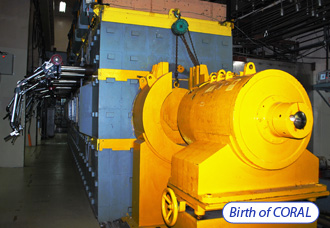
New standards and codes relevant for FRFR was designed by a special task force set up in 1991. Upgraded equipments to handle high Pu and radioactivity were fabricated. Hot cell upgraded to Lead Mini Cell (LMC) which was later rechristened as CORAL.
CORAL: Cold commissioned in 2002, hot commissioned in 2003. Successful reprocessing of 25, 50, 100 & 150 GWd/t mixed carbide fuel by 2008 - a testimony to the dedication of the design, operation and maintenance teams.
Expertise
Achievements
Title : Remotely Operated Self-Locking Fixture for Wall Mounted Equipment for Contaminated Enclosures - Patent No. 391338
(Indian App. No. 202021002021 dated 16-Jan-2020) - IGCAR
(Indian App. No. 202021002021 dated 16-Jan-2020) - IGCAR
Inventors : Mr. A. K. Karthi, Mr. M. Dhananjeya Kumar, Mr. N. Subramanian, Mr. G. Elaiyaraja and Mr. K. Palani (RPG, IGCAR)
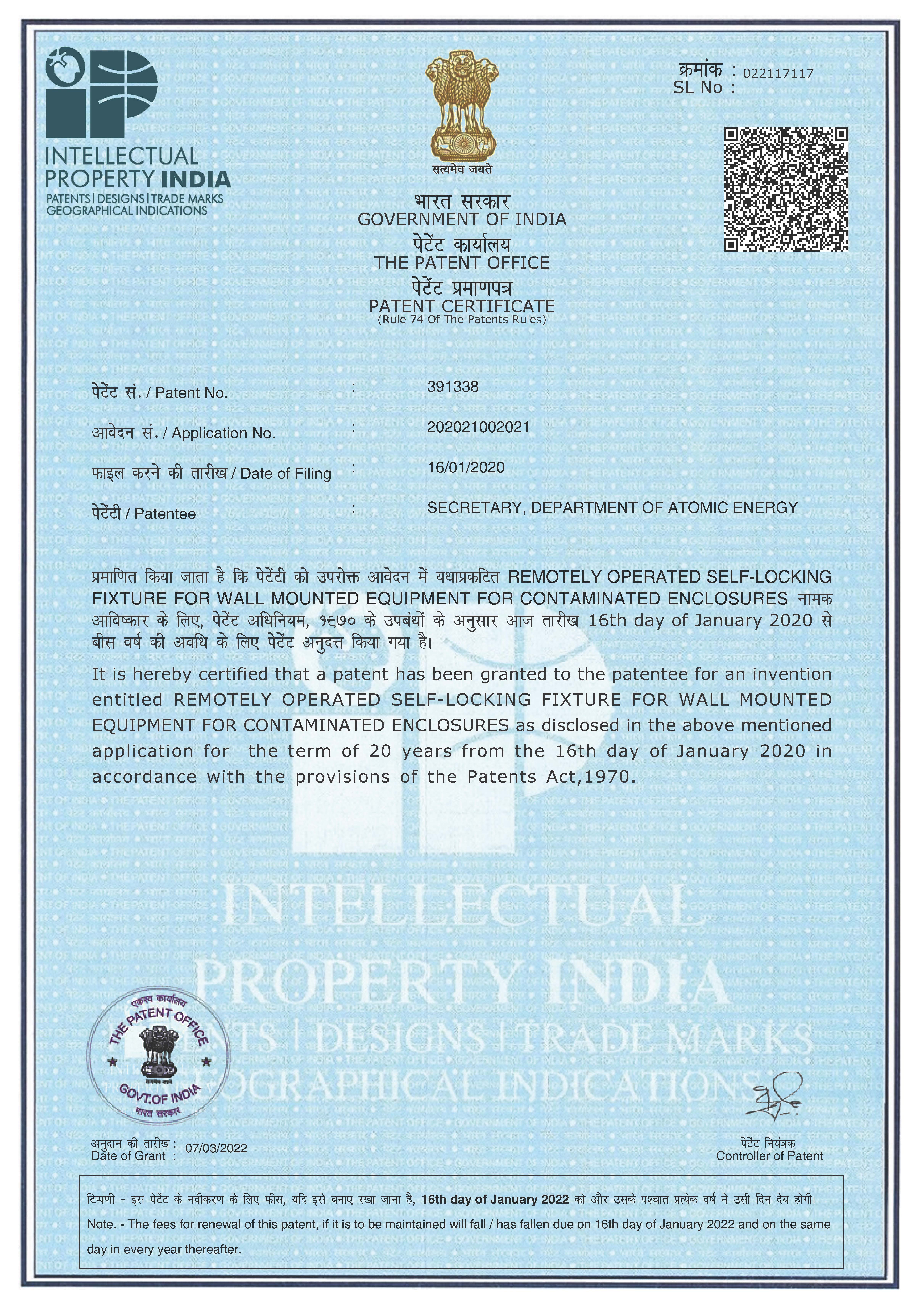
Facilities
Reprocessing Research & Development Facilities
Various experimental facilities are available in Process Development & Equipment Section (PD&ES) to undertake R&D work in development of equipment prototypes needed for nuclear solvent extraction and related technologies. These include-
Single-stage centrifugal extractors of 20 mm, 25 mm, 30 mm, 35 mm, 40 mm, 50 mm, 75 mm and 125 mm bowl diameters. Centrifugal extractor banks for 25 mm, 30 mm and 35 mm bowl diameters. Helical coil based mixer settler to explore mass transfer in a compact helix with non-moving mixer.
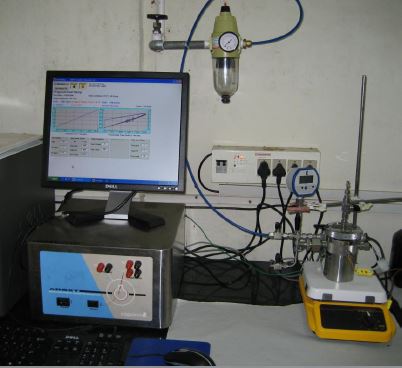
Differential extraction columns like 25 mm dia disk and doughnut column, Taylor Couette Column, Rotary disk Column (RDC), helical coil column, static mixer based column and pulsed fluidic diode based column for investigating mass transfer and hydrodynamic studies in nuclear solvent extraction
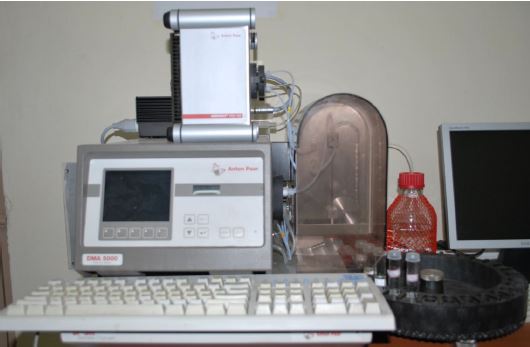
Micromixer settler and microchannel devices to explore process intensification studies. Miniature spout-fluid bed to investigate fluidization mass transfer.
High temperature-high pressure (424 oC, 2358 psi operating pressure) autoclave for studying solvent runaway reactions. AKUFVE system for solvent extraction studies Advanced Reactive System Screening Tool (ARSST) to investigate micro-reaction kinetics of runaway reactions.
To characterize the solutions and streams of interest to reprocessing operations, following analytical facilities exist at PD&ES-
6-digit precision densitometers with advanced facilities (DSA-5000 and DMA-5000), 6 digit precision refractometer, Robotic Automatic Davis Gray Analyser with 48 station autosampler for U analysis.
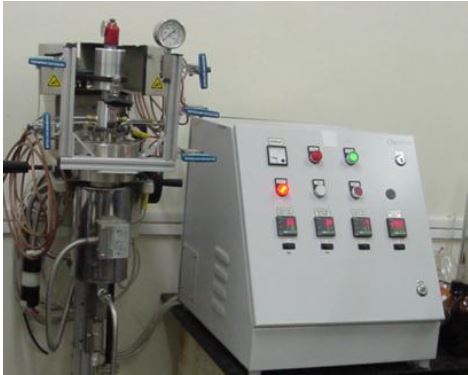
Robotic Automatic Karl Fisher Analyser with 24 station autosampler for water analysis of organic, TOC analyser with chemical digestion method, Thermometric Titrator for thermal titration, AMATEK automatic flashpoint analyser, SVM-300 visometer and Brookfield rotational viscometer with UL attachment.
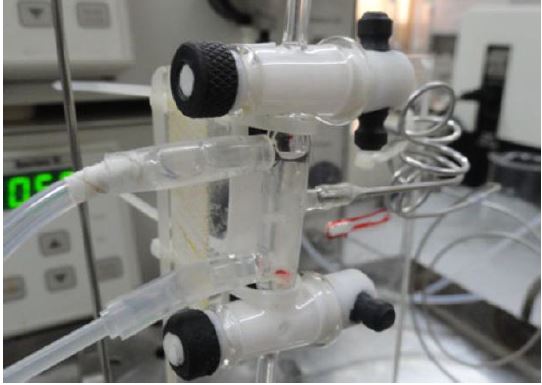
UV-VIS-NIR spectrophotometer (200-3300 nm), MB-3000 FTIR spectrophotometer with single bounce ATR, Continuum source AAS system (Single Bulb), Dynamic light Scattering System with FO probes, BET analyser for surface area measurement.
Contact Angle goniometer, Drop-Size Analyser, Automatic vapour pressure measurement system, Rotary Evaporator (2 mB).
Process Engineering and Modelling Section
The following are the various additional facilities that Reprocessing Research & Development Division have.
Solvent recovery system, Pulsed sieve plate column, Millipore water purification system, Fibre optic spectrophotometer, UV-Vis spectrophotometer, Lewis cell for studying solvent extraction kinetics, Gas chromatography, Ion chromatography.

